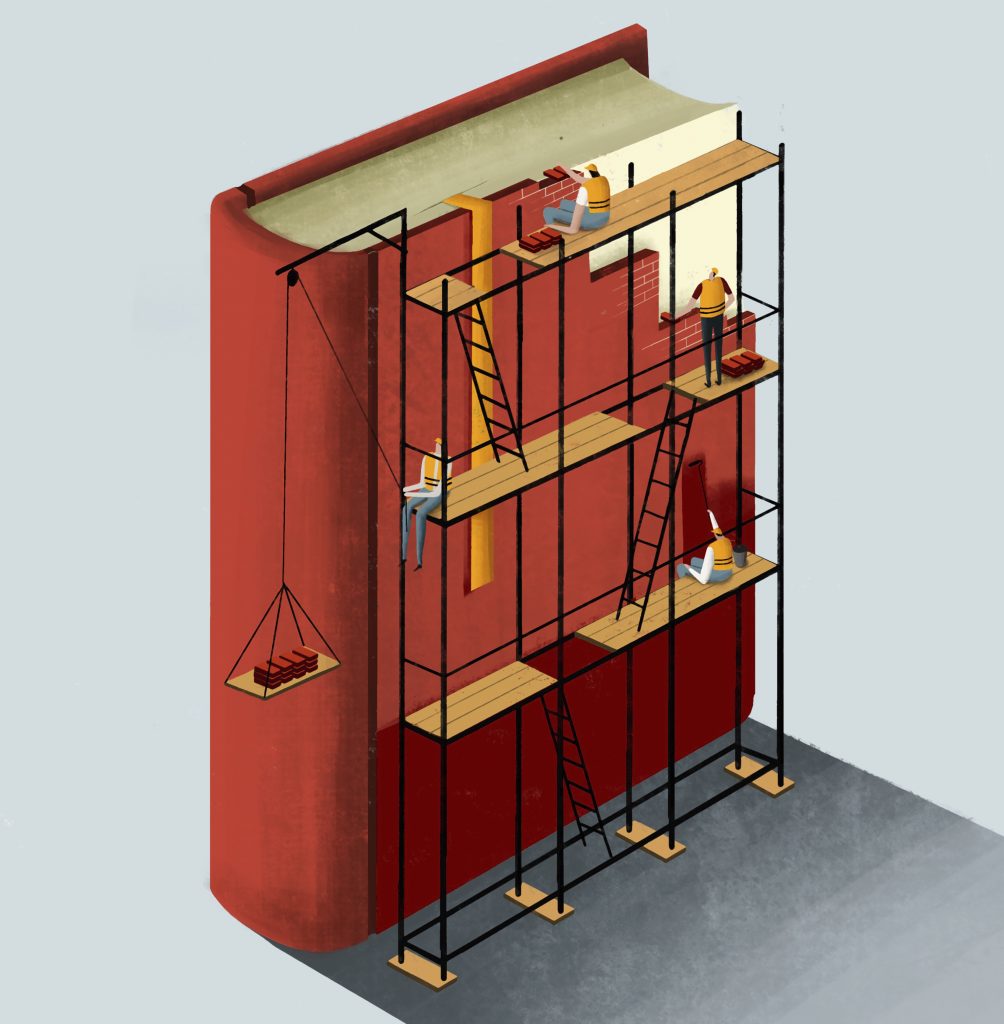The modern educator’s role transcends beyond just imparting knowledge; it encompasses being an organizer, an empathizer, and often, a beacon of resilience. Balancing this plethora of responsibilities can be exhausting, but the key to managing them effectively lies in how one allocates their time. Enter the concept of Time Chunking—a productivity strategy that can revolutionize how teachers approach their tasks.
Time chunking is not a novel concept; it’s been used prolifically by high achievers and productivity gurus across various fields. Yet, it seems tailor-made for the teaching vocation with its dynamic environments and varied demands. The method involves dividing your day into distinct blocks or ‘chunks’ of time wherein you focus solely on a single task or group of similar tasks without interruptions.
By segmenting the school day into these chunks, teachers can create a structured approach that capitalizes on focused effort and minimizes multitasking, which often leads to decreased quality in outcomes and an increase in stress levels. The advantages of this technique for educators are manifold:
1.Improved Focus: By dedicating specific time slots to certain activities such as lesson planning, grading, or continuing education, teachers can fully immerse themselves in the task at hand without spreading themselves too thin.
2.Better Time Management: Time chunking encourages teachers to look ahead and plan their activities according to priority and deadline, thus reducing procrastination and last-minute rushes.
3.Decreased Burnout: Teachers are notorious for overworking and not taking enough breaks throughout their busy day. Scheduled chunks allow for regular intervals of rest, ensuring they don’t burn out.
4.Increased Productivity: With dedicated time chunks, teachers are more likely to get more done as they’re not constantly switching gears between different types of tasks.
5.Enhanced Student Engagement: When teachers are organized and less stressed, they bring a better presence into the classroom which can lead to improved student engagement and performance.
Applying time chunking requires discipline and adherence to one’s own set schedule; however, the flexibility inherent in the system means that urgent issues can be accommodated by adjusting chunks as needed. Furthermore, embracing technology like digital calendars can aid in setting up a robust time chunking system, syncing across devices to send reminders when it’s time to switch tasks.
In essence, time chunking can be the pillar on which teachers build a sustainable and satisfying career—melding efficiency with empathy and rigor with resilience. It’s a strategy that acknowledges the multifaceted nature of teaching while providing a framework for success. For those who feel overwhelmed by unending tasks lists and clashing commitments, adopting this simple yet powerful tool could be the game-changer they need.
In conclusion, productivity tips like time chunking specifically tailored for teachers could elucidate pathways to not just surviving but thriving in the demanding educational landscape of today. By embracing these practices earnestly, educators will not only enhance their own wellbeing but also foster a more productive learning environment for their students—an outcome truly worth every ‘chunked’ minute.









